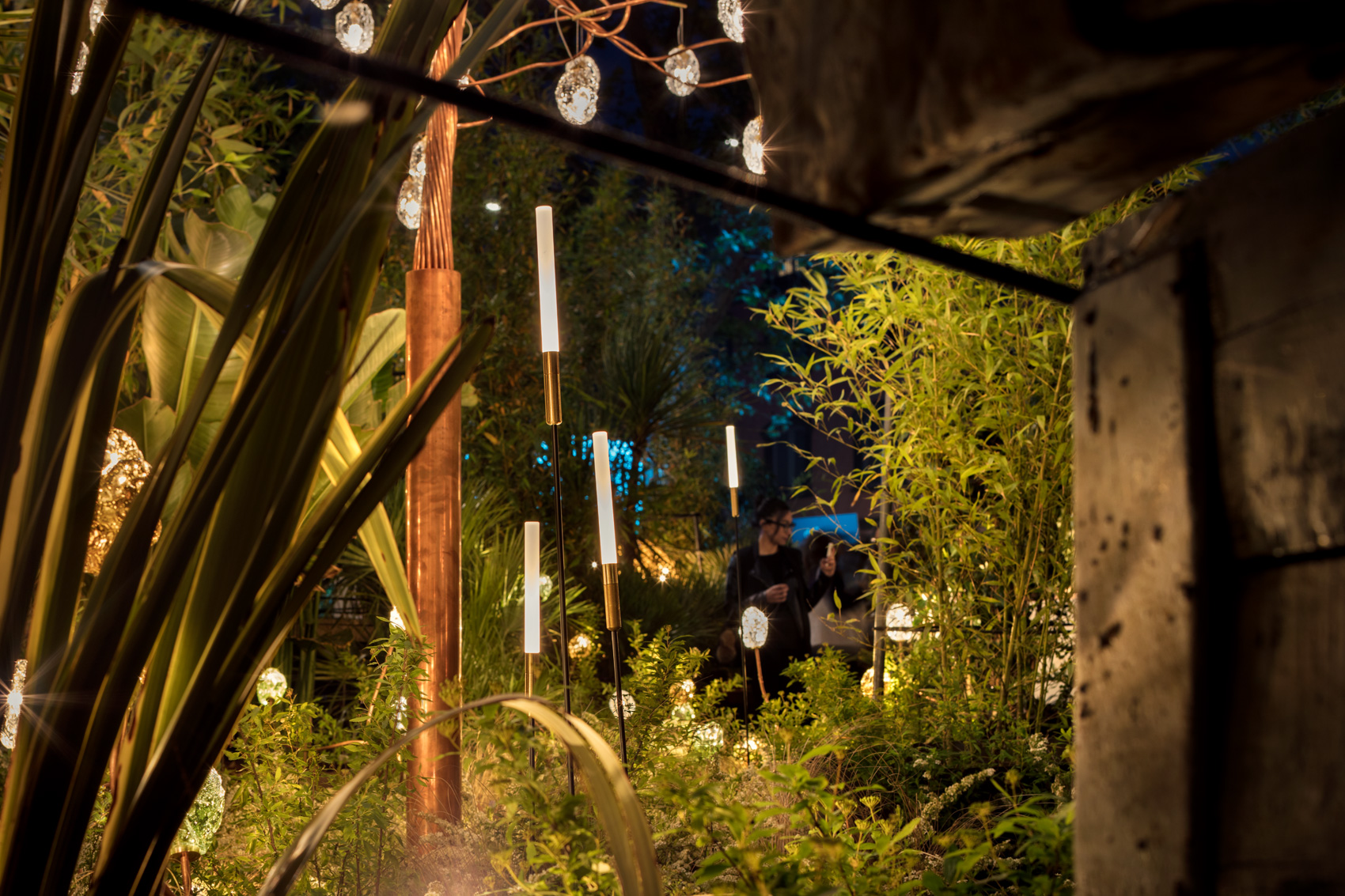ttypes of led lighting

LED (Light-Emitting Diode) lighting is a highly energy-efficient and versatile lighting technology that has gained widespread use lately. LEDs have reworked the lighting business due to their quite a few advantages, including vitality financial savings, longevity, sturdiness, and flexibility. Here are key aspects of LED lighting:
Energy Efficiency:
LEDs are recognized for his or her distinctive vitality effectivity. Additional info devour considerably much less electricity in comparison with traditional incandescent and fluorescent lights. This translates to lower power payments and reduced environmental influence.
Longevity:
LEDs have a for much longer lifespan than typical light sources. They can last as lengthy as 25,000 to 50,000 hours or extra, depending on the standard and usage. This longevity reduces the need for frequent replacements, saving both money and time.

Durability:
LEDs are solid-state lighting units, which suggests they are extremely durable and resistant to shock, vibrations, and exterior impacts. This makes them perfect for numerous functions, including outside lighting.
Instantaneous Lighting:
LEDs present prompt illumination when turned on, with no warm-up time required. This is in distinction to some fluorescent lights that may take a second to succeed in full brightness.
Color Temperature Options:
LEDs can be found in various shade temperatures, permitting customers to decide out lighting that suits their preferences and desires. Common choices embrace heat white, cool white, and daylight white.
Dimmability:
Many LED fixtures and bulbs are dimmable, providing flexibility to adjust lighting ranges to create the specified ambiance and save even more power when full brightness is not wanted.
Directional Lighting:
LEDs emit mild in a selected path, making them extremely efficient for focused lighting applications. This characteristic reduces mild wastage and permits for precise illumination.
Wide Range of Applications:
LEDs are utilized in a broad spectrum of purposes, including residential lighting, industrial lighting, street lighting, automotive lighting, signage, and shows.
Environmental Benefits:
LED lighting contributes to energy conservation and lowered greenhouse gas emissions because of its low energy consumption and long lifespan. It additionally contains no hazardous supplies like mercury, which is present in another kinds of lighting.
Color Rendering Index (CRI):
LEDs can obtain high CRI values, which means they accurately render colors compared to pure daylight. This is necessary for functions where shade accuracy is crucial, corresponding to in artwork galleries and retail settings.
Smart Lighting:
Many LED lighting systems may be integrated into good residence or constructing automation systems. This permits for remote control, scheduling, and customization of lighting to fulfill specific needs and preferences.
Cost Savings:
While LED lights and bulbs may have a better preliminary value compared to traditional lighting, the long-term vitality financial savings and decreased upkeep bills usually make LEDs a cheap alternative over time.
LED lighting has revolutionized the means in which we illuminate our properties, workplaces, and public spaces. As the know-how continues to advance, it is prone to become even more efficient and versatile, additional lowering vitality consumption and environmental influence whereas offering high-quality lighting options..
